Undawntech: Weaponized Technology for the Growing Mind
Posted: June 7, 2024 Filed under: Technolgy, Undawntech | Tags: ai, artificial-intelligence, chatgpt, reality, technology, Undawntech, Writing, Writing to be Read 2 Comments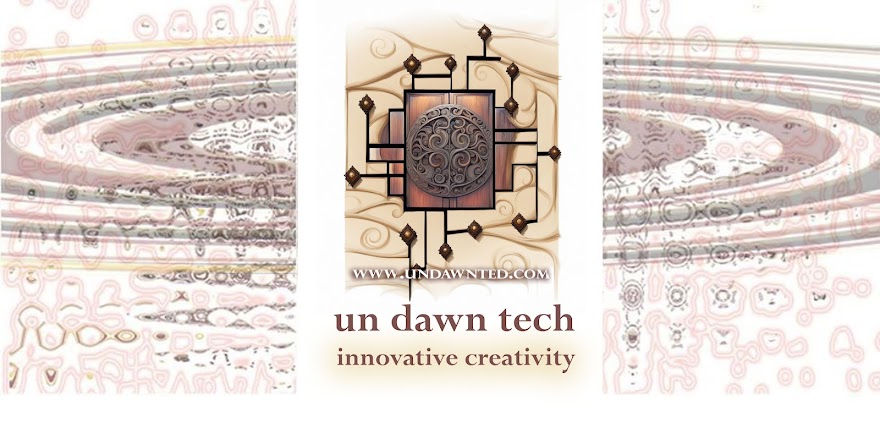
What is it about technology that humanity finds so attractive? Is it that our machinations do the hard work for us on assembly lines? Make life easier with central air and heating? Save lives through medicine? Create devices for us to communicate anywhere in the world?
Or has technology become a scourge, instead of the liberator?
Humans are the only apex predators on the planet who use weapons, not tools… but external to ourselves weapons. Science used to postulate that other animals did not use tools, but were surprised when raccoons were observed using rocks to break open shells and apes were observed using sticks to eat ants from tree stumps. Our definition of tool-users should be changed to reflect that humans use “tools” as weapons. Or, when is the last time science studied a knife wielding raccoon or a gun toting ape?
Humans devise technology as offensive and defensive weapons from automobiles, tanks, rockets to the atom bomb. Each can be used to thwart an attack or to attack another. In addition to physical objects created by humans for war, technology can be used to explore, control, and manipulate other humans for the sake of authoritative action.
Several centuries ago, the printing press freed humanity from an elite’s point of view. Humans could rise up against their oppressors and spread new ideas like a virus through whole kingdoms. As time passed, the printing press gave way to the television and eventually to the internet. How times have changed when one person’s opinion on a website can spark a community car wash or boycott of certain goods, services, or stores.
Technology has allowed humans to band together, as well as fall under ruthless guises. For example, student textbooks published to inform, enlighten, and educate our budding workforce have changed over the course of a century. Data, history, and other forms of information have been removed over the decades to create generations devoid of pertinent and important information about the world, their countries, religion, and communities. Children a few decades ago who knew the exact amount of change they would receive from a cashier are unable to do simple subtraction without the use of a calculator.
See the book: The Deliberate Dumbing Down of America, by Charlotte T. Iserbyt Thomson, who worked in President Ronald Reagan’s Department of Education, and she chronicled the conspiracy with government documents.
Instead of facts and figures, younger generations are being taught to revel in their emotions, and disregard their intuition and logic. This manipulation only serves those humans who covet power and control over life, liberty, and pursuit of happiness. How did this happen? When the printing press, television, and internet were weaponized against other humans by an elite few.
Just like the days of old where the priests and priestesses were the only avenues to the gods, today’s zealots are interested in using our advances in technology to create a false reality. Or, haven’t you questioned Building 7 from the World Trade Towers event in 2001 yet? Later, the Smith-Mundt Modernization Act of 2012 would solidify intelligence interference in American society, especially politics. With a new Pearl Harbor and propaganda pointed at Americans emplaced, the war on the average human commenced without much uproar, until internet censorship became another weapon of choice.
See, the white paper: The Project for a New American Century.
Readers asked what all the links and information from previous articles meant for the creative writer. If you are not of your own mind, because a few others have convinced you of their world view, then what has that influence done to your creativity? Are you writing your reality, or one thrust upon you, so that you convince others of how the world works? Believing instead of knowing through our own tactile, auditory, olfactory, emotive, and intuitive experience is one way to separate the human from reality. Hence, technology plays a crucial part in the real-life version of my story, “The Reality Hackers” (Visions, WordCrafter Press, 2022).
As creative writers, it is our responsibility to look beyond the constraints of technology and question what is with: What if? The emotional bonds to a construct are difficult to break with logical arguments and evidence. That is where the creative writer can insert… what if.
To illustrate, Global Warming and Climate Change have nothing to do with the combustion engine or fossil fuels. Humanity is not boiling the Earth. The symptomatology does, however, have a direct lineage to subverting the free market business model (capitalism) into a socialist, communist model, where an elite few own and control the means of production of the people. Sound familiar? It is the United Nations’ own Agenda 21, 2030, and MegaRegions 2050, written and planned by communists, the Soviet Union’s Mikhail Gorbachev and Canada’s Maurice Strong.
If people could step out of their own way and realize that the sun controls our planetary weather, including the jet stream, high/low pressure systems, tornadic activity, ocean currents, hurricane development, and earthquakes, then humanity could have an honest conversation about the Magnetic Pole Reversal that Earth is undergoing at the present moment, like it does every six to twelve thousand years, which culminates in the Earth flipping over and the sun releasing a mega flash that would make the Carrington Event look like a bolt of lightning.
For more information, see on YouTube: Suspicious Observers and the Thunderbolts Project to catch up on real anthropological, geological, meteorological, and astrophysical space science.
These are some scary facts, and humanity is being misled about our future on this planet. The fact is: Earth is always evolving, changing through the creation and destruction of its elements. Therefore, to make the huge assumption about carbon and humans having enough effect on Earth’s climate to cause any issue is juvenile at best, and it is destructive brainwashing at worst. The United Nations IPCC’s politicized white papers about Climate Science is not about pollution. It is about how to control how other humans believe, think, and view the world. It is nothing short of hubris.
So, creative writers… what do you believe?
We’ll know our disinformation program is complete when everything the American public believes is false.”-William J. Casey, CIA Director
In the end, it is not about what you believe; it is what you know that creates the change you are looking for in the world. Humans have enough weaponized technology to make you believe anything, if a lie is repeated enough times by a multitude of talking heads. The one technology that has enslaved humans is the one technology that can free humans from the power and control scheme of an elite few, which is the most powerful one on Earth: our brains. Human brains are a wondrous combination of organic material and circuitry that if controlled by others is a dangerous weapon. When our minds are untethered from destructive belief systems, then the quantum computer inside our heads can set humanity free from the real-life reality hackers.
And you thought that my story was just in my imagination…
The question is: what are you going to do with yours?
_____
My apologies to Kaye Lynne Booth, Robbie Cheadle, and the rest of my audience for April and May’s (non-) articles. I didn’t realize that my illness was working overtime until I easily caught the stomach flu and ended up in the emergency room with a kidney infection. I love educating and informing people, always have. When my disabling illness strikes, it affects many functions and drags me down. With the addition of viral and bacterial infections, I was not my usual charming self. It happens. Sorry.
Have a great and wonderful day,
DL Mullan
_____

DL Mullan holds a Master of Arts in Teaching and Learning with Technology.
Her lecture, Spacescapes: Where Photography Ends; Imagination Begins, debuted at the Phoenix Astronomy Society, which then led to her Sally Ride Festival lecture invitations. Her presentation, Bridging the Gap between Technology and Women, won her accolades at a community college’s Student Success Conference. She has been a panelist at speculative fiction, science fiction, and other regional conventions. Her digital exhibition pieces have won awards at convention art shows, as well as garnered her Second Premium at the Arizona State Fair. Currently, Ms. Mullan’s artistic renditions are seen on book covers, blog sites, video presentations, and various merchandise. As an independent publisher, she uses her technical background to innovate the creative arts.
As a writer, DL Mullan loves to stretch her imagination and the elasticity of genres. She writes complex multi-genre stories in digestible and entertaining forms, be it poetry, short fiction, or novels. Her science, history, mythology, and paranormal research backgrounds are woven into her writings, especially in Undawnted’s Legacy Universe. Ms. Mullan’s creative endeavors are available in digital and print collections, from academia to commercial anthologies. She is also an award-winning poet.
Be sure to subscribe to her newsletters and follow her on social media. For further information, visit her at www.undawntech.com and www.undawnted.com.
___________________________________________
Want to be sure not to miss any of DL Mullan’s “Un dawn tech” segments? Subscribe to Writing to be Read for e-mail notifications whenever new content is posted or follow WtbR on WordPress. If you found it interesting or informative, please share.
________________________________________________
This segment of “Un dawn tech” is sponsored by The D.I.Y. Author and WordCrafter Press.
ever before. Whether you pursue independent or traditional publishing models, or a combination of the two, being an author involves not only writing, but often, the publishing and marketing of the book.
In this writer’s reference guide, multi-genre author and independent publisher, Kaye Lynne Booth shares her knowledge and experiences and the tools, books, references and sites to help you learn the business of being an author.
Topics Include:
Becoming Prolific
Writing Tools
Outlining
Making Quality a Priority
Publishing Models & Trends
Marketing Your Book
Book Covers & Blurbs
Book Events—In Person & Virtual
And more…

Get your copy today: https://books2read.com/The-DIY-Author
Undawntech: Technology That Is Stranger Than Fiction
Posted: April 5, 2024 Filed under: AI Technology, Technolgy, The Human Condition, Undawntech | Tags: Books, frankenstein, Futuristic, horror, Human Condition, mary-shelley, Science Fiction, technology, Undawntech, Writing to be Read 8 Comments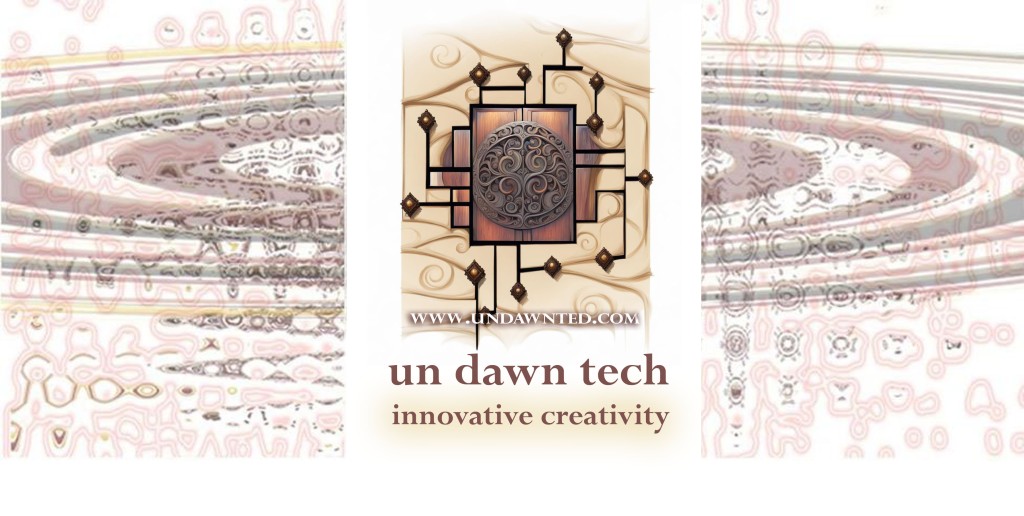
Imagine a world where an insane aristocracy oversees the human race. Classic dystopian novels tell of such extreme societies and caution readers to avoid falling into the trap. The question is: have we heeded the warnings?
1984, Animal House, Brave New World, Fahrenheit 451, and The Handmaid’s Tale are some of the most popular and recognizable stories in this genre. As modern-day writers, we have seen the world fall from stable nation-states to the dehumanization of culture wars, sneak attacks, propaganda, economic downturns, and invasions. Either
the writers from a bygone era were psychic, or everything we are seeing now… was planned. Planned to keep humanity distracted while an elite class work on technology beyond any innocuous application.
Past narratives could not have foreseen the future of augmented reality, artificial intelligence, biochips, mRNA technology, or tracking satellites. By any other name, would dystopic smell as sour?
Let’s take a journey into next generation technologies, most being hidden in plain sight:
For instance, currently, Iridium Satellites can track wildlife, personnel, data and assets, as well as bridging the internet of things… this technology is real-time situational awareness.
“Iridium’s unique constellation architecture makes it the only network
www.iridium.com
that covers 100% of the planet. Satellites are cross-linked to provide
reliable, low-latency, weather-resilient connections that enable
communication anywhere in the world.”
On a mundane level, medicine has exceeded its normal perimeters. With new technology, comes new issues that medical science has no answers to give. mRNA technology has potential, but its numerous and fatal consequences have been obscured from public scrutiny:
“In this paper, we call attention to three very important aspects of
https://www.ncbi.nlm.nih.gov/pmc/articles/PMC9012513/
the safety profile of these vaccinations. First is the extensively
documented subversion of innate immunity, primarily via suppression of
IFN-α and its associated signaling cascade. This suppression will have
a wide range of consequences, not the least of which include the
reactivation of latent viral infections and the reduced ability to
effectively combat future infections. Second is the dysregulation of
the system for both preventing and detecting genetically driven
malignant transformation within cells and the consequent potential for
vaccination to promote those transformations. Third, mRNA vaccination
potentially disrupts intracellular communication carried out by
exosomes, and induces cells taking up spike glycoprotein mRNA to
produce high levels of spike-glycoprotein-carrying exosomes, with
potentially serious inflammatory consequences. Should any of these
potentials be fully realized, the impact on billions of people around
the world could be enormous and could contribute to both the
short-term and long-term disease burden our health care system faces.”
Or is there more to injecting untested, unregulated technologies into our bodies than heart inflammation, other serious adverse reactions, and increased morbidity in the injected? What if, the scare of 2020 was to introduce tracking systems into the human genome?
Internet of dead bodies Bluetooth MAC address corpses
https://www.brighteon.com/41a1e7f3-ca8a-42d3-b201-f31e4a2c3189
In a novel, a scientist might believe the only thing the human brain would need to plug into technology like brain chips, artificial intelligence, and augmented reality would be a third strand of DNA made from silicon, but that is so 1980s and 90s technology:
Science: A triple helix to cripple viruses
“As scientists accumulate more knowledge of the sequence and function
www.newscientist.com/article/mg13017644-100-science-a-triple-helix-to-cripple-viruses
of human genes, the triplex approach should allow scientists to turn genes
on or off at will, says Hogan.”
What has grown from hypothesis and curiosity of the scientific community has transformed from the dystopic and into the realm of horror. Technology being employed to change the human race sounds as if the nightmare of Mary Shelley has been realized. The author of Frankenstein once wrote of surgically combining body parts with an electric jolt from lightning. Today’s scientists have gone beyond ethics and straight into creating artificial life forms.
Engineers Put Tens of Thousands of Artificial Brain Synapses on a Single Chip for Portable AI Devices
“MIT engineers have designed a “brain-on-a-chip,” smaller than a piece
https://scitechdaily.com/engineers-put-tens-of-thousands-of-artificial-brain-synapses-on-a-single-chip-for-portable-ai-devices/
of confetti, that is made from tens of thousands of artificial brain
synapses known as memristors — silicon-based components that mimic the
information-transmitting synapses in the human brain.”
As technology advances, external sources to manipulate the human brain are becoming readily available. Pull up a seat. Put on a cap. Play your favorite video game without lifting a finger. Mind and artificial intelligence merge through frequency of brainwaves.
Transfer learning promotes acquisition of individual BCI skills
“Noninvasive brain–computer interfaces (BCI) based on
https://academic.oup.com/pnasnexus/article/3/2/pgae076/7609232?login=false
electroencephalography (EEG) have proven efficient in applications
such as neurorehabilitation (1, 2), robotics (3, 4), communication (5,
6), or virtual reality (7, 8). Motor imagery (MI)—mental rehearsal of
a limb movement without execution—is a common EEG–BCI modality.”
As writers, we have to ask ourselves: are we already in a dystopian novel, playing characters, who unknowingly, unwittingly are about to face a critical juncture in human evolution?
What does this evolution entail? Will humans and technology as one creature relinquish our independence? Individual sovereignty? Our Constitutional Rights? Will we be considered homo sapien sapien? Or, homo sapien extincti?
Horror has manifested in our world. The horror that dystopia was not an end, but a beginning to the ramblings of madmen. Writers have the obligation to warn humanity that we have ventured past derangement and into the immoral machinations warned in Mary Shelley’s Frankenstein.
As the establishment plays god, what would the dystopian authors caution us about? What would Mary Shelley write as her sequel to Frankenstein with the knowledge present herein? To be, or not to be… human with all our flaws or a controlled serfdom at the whim of a plutocracy? According to science, we are already there. The only choice now is preservation or slavery.
Isn’t that the conditions writers should be asking of their readers? Because no one else is giving humanity the time to think about the ethical obligations, horrific consequences, or generational ruin that these technologies have laid at our feet. It is not difficult to ascertain: the world we live in is stranger than fiction.
“No man chooses evil because it is evil; he only mistakes it for happiness, the good he seeks.” Mary Shelley, Frankenstein
Has the road of futurist technology been paved with good intentions? Only time will tell what the intention for humanity and these technologies are. For humanity’s sake, we better know evil when we see it.
_____
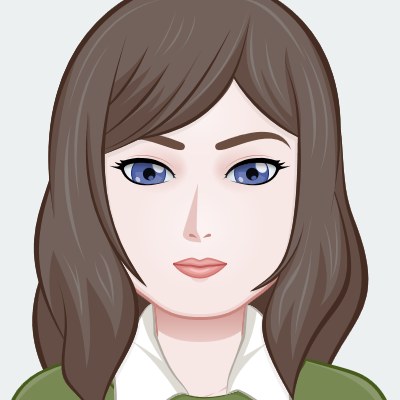
DL Mullan holds a Master of Arts in Teaching and Learning with Technology.
Her lecture, Spacescapes: Where Photography Ends; Imagination Begins, debuted at the Phoenix Astronomy Society, which then led to her Sally Ride Festival lecture invitations. Her presentation, Bridging the Gap between Technology and Women, won her accolades at a community college’s Student Success Conference. She has been a panelist at speculative fiction, science fiction, and other regional conventions. Her digital exhibition pieces have won awards at convention art shows, as well as garnered her Second Premium at the Arizona State Fair. Currently, Ms. Mullan’s artistic renditions are seen on book covers, blog sites, video presentations, and various merchandise. As an independent publisher, she uses her technical background to innovate the creative arts.
As a writer, DL Mullan loves to stretch her imagination and the elasticity of genres. She writes complex multi-genre stories in digestible and entertaining forms, be it poetry, short fiction, or novels. Her science, history, mythology, and paranormal research backgrounds are woven into her writings, especially in Undawnted’s Legacy Universe. Ms. Mullan’s creative endeavors are available in digital and print collections, from academia to commercial anthologies. She is also an award-winning poet.
Be sure to subscribe to her newsletters and follow her on social media. For further information, visit her at www.undawntech.com and www.undawnted.com.
____________________________________
Want to be sure not to miss any of DL Mullan’s “Undawntech” segments? Subscribe to Writing to be Read for e-mail notifications whenever new content is posted or follow WtbR on WordPress. If you found it interesting or informative, please share.
Undawntech: Innovative Creativity
Posted: January 5, 2024 Filed under: Creative Arts, Technolgy, Undawntech, Writing | Tags: Creative Arts, DL Mullan, technology, Undawntech, Undawnted, Writing, Writing to be Read 1 Comment
Since technology is ubiquitous in our modern lives, sometimes it is nice to peel back the layers and see how devices serve us, to identify when we are serving them and break that negative feedback loop. Technology in its proper place enhances our life experience. That brings us to the scope of this column. Our discourse will range from computers, writing and image software, artificial intelligence, video creation, social media, and other applications, as well as our handy peripherals.
Creators are barraged with advertisements and gadgets to make their lives as writers easier, but do they really make our lives better? When faced with the new versus the old, which one wins out in the end? And are expensive items just a gimmick when a tried and true device will do? Or, is this situation another case of buying a different waffle maker each holiday season to the point where the cupboards are filled with old versions of the same gadget, but they no longer serve a real purpose? Let’s clean out the storage, make a list, and remove what no longer serves our ability to do what we love. Then we will have what we need to create from our imaginations, instead of worrying about the next waffle maker.
For instance, spellcheck and grammar programs, I have two different ones on my computer to see which one serves my needs. One tells me that I require a comma for a clause. The other one tells me to remove the comma from the sentence. Which one is correct? Could both programs be right? Wrong? In the age of technology, sometimes the simplest answer is to read the language rule to decide, if the comma is necessary or not. There is nothing like computer program arguments to wish for a time without them.
Technology can be foreboding, yet indispensable in the creative arts. In the coming months, we will work together to build a knowledge base that helps unleash the creator in us all while working with technology and allowing it to serve our greatest and highest good.
I look forward to Writing to be Read readers joining me on this new adventure.
_____

DL Mullan holds a Master of Arts in Teaching and Learning with Technology. Her lecture, Spacescapes: Where Photography Ends; Imagination Begins, debuted at the Phoenix Astronomy Society, which then led to her Sally Ride Festival lecture invitations. Her presentation, Bridging the Gap between Technology and Women, won her accolades at a community college’s Student Success Conference. She has been a panelist at speculative fiction, science fiction, and other regional conventions. Her digital exhibition pieces have won awards at convention art shows, as well as garnered her Second Premium at the Arizona State Fair. Currently, Ms. Mullan’s artistic renditions are seen on book covers, blog sites, video presentations, and various merchandise. As an independent publisher, she uses her technical background to innovate the creative arts.
As a writer, DL Mullan loves to stretch her imagination and the elasticity of genres. She writes complex multi-genre stories in digestible and entertaining forms, be it poetry, short fiction, or novels. Her science, history, mythology, and paranormal research backgrounds are woven into her writings, especially in Undawnted’s Legacy Universe. Ms. Mullan’s creative endeavors are available in digital and print collections, from academia to commercial anthologies. She is also an award-winning poet.
Be sure to subscribe to her newsletters and follow her on social media. For further information, visit her at www.undawnted.com.
__________________________________________________________
Want to be sure not to miss any of DL Mullan’s “Undawntech” segments? Subscribe to Writing to be Read for e-mail notifications whenever new content is posted or follow WtbR on WordPress. If you found it interesting or informative, please share.

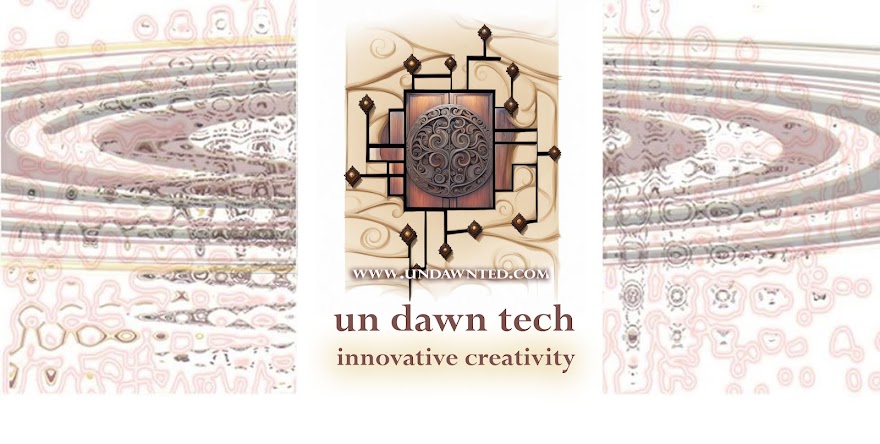



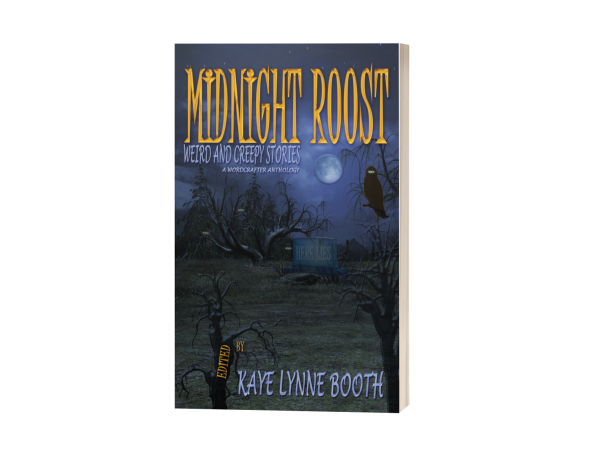





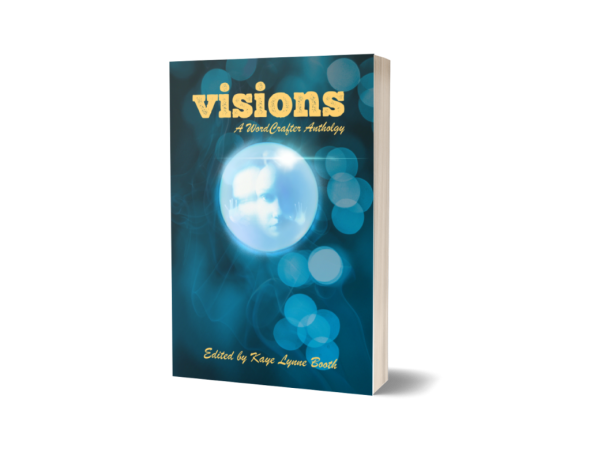
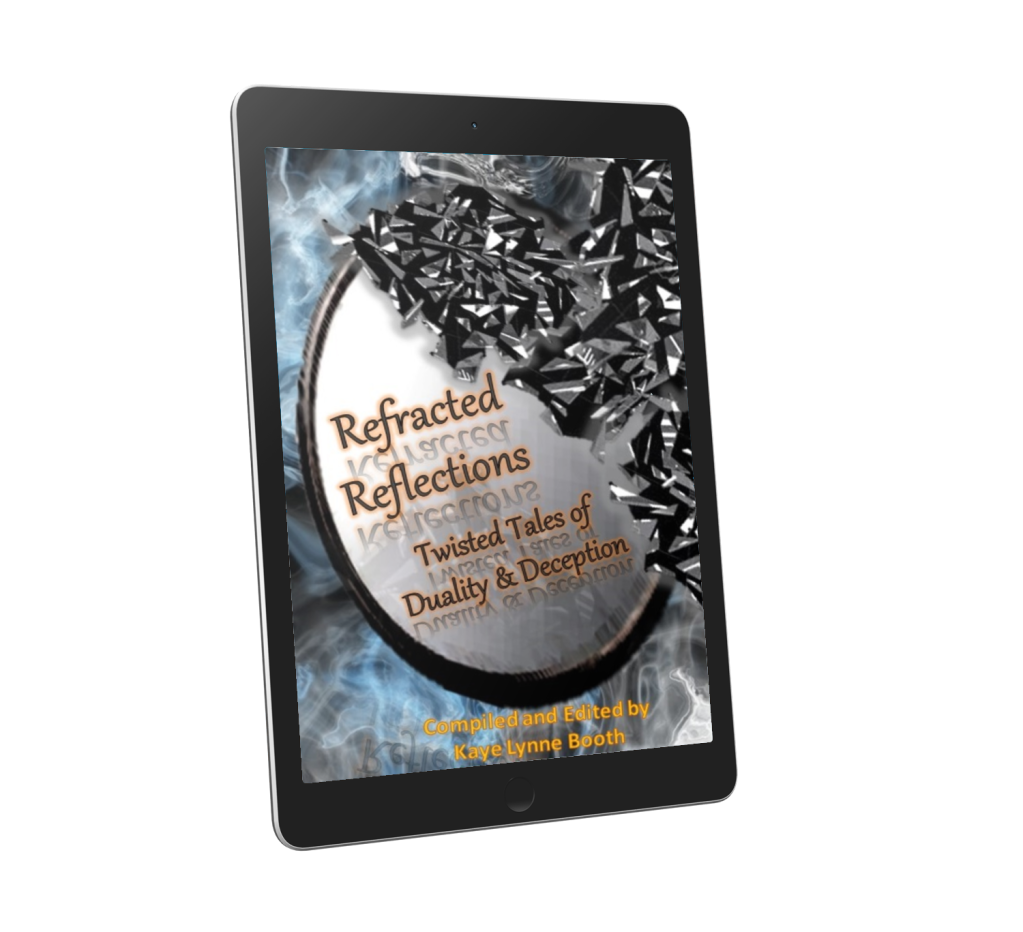

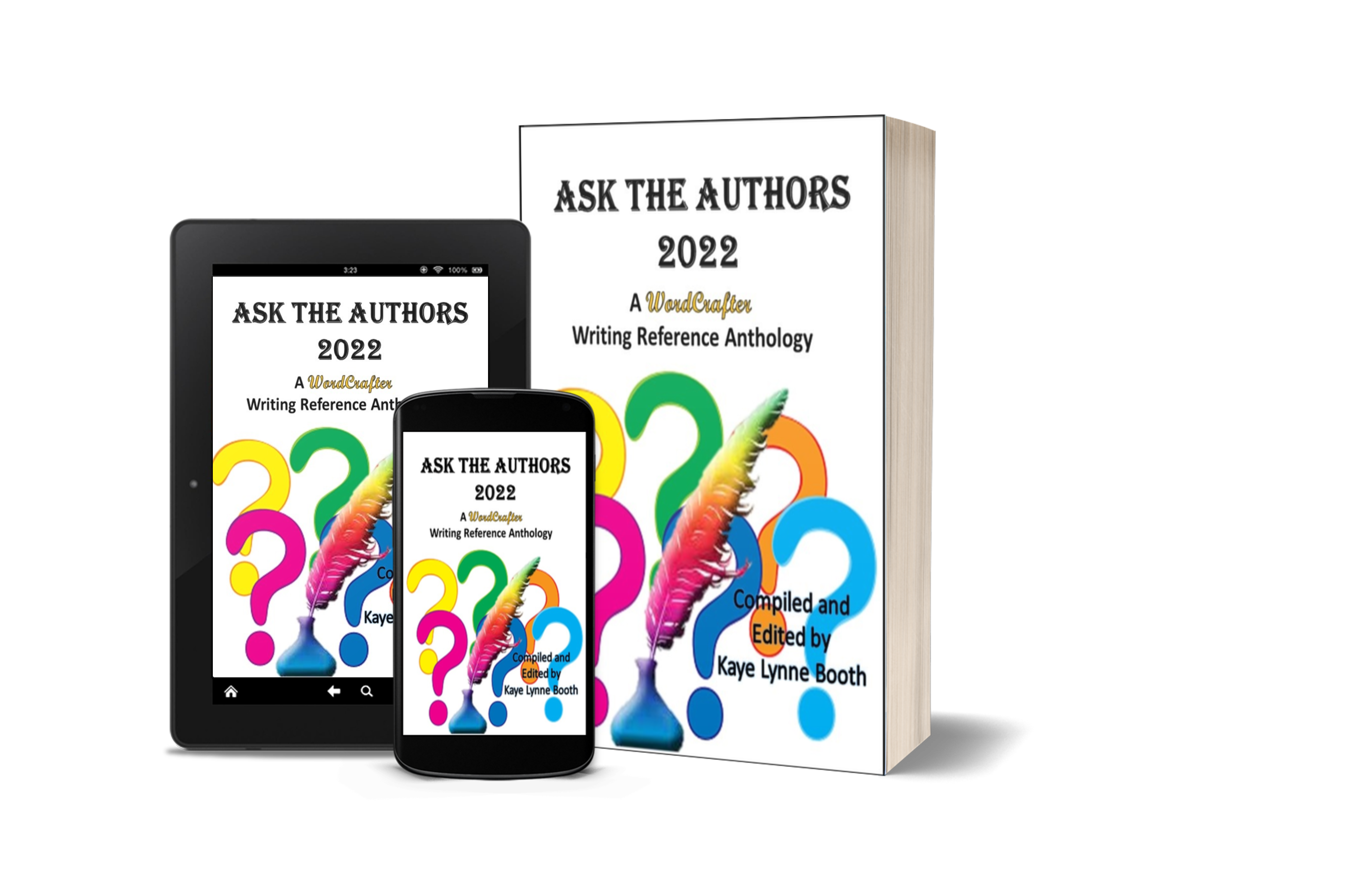


Undawntech: Emergence of the Engineered Reaction
Posted: February 2, 2024 | Author: DL Mullan/Undawntech | Filed under: Commentary, Technolgy, Undawntech, Writing Technology | Tags: AI Technology, technology, Undawntech, Writing Technology, Writing to be Read | 2 CommentsLike any other right we exercise, technology is no different. Our right to do something is balanced by our innate responsibility. Meaning: just because you can do something, should you do it? What are the ramifications? What is the legal perspective?
In recent weeks, technology has been used in an unscrupulous fashion. From images to videos, prominent figures in society are being defamed for clickbait. Clickbait is emotional advertisements that invoke a strong reaction like anger, hate, surprise, shock, and even curiosity. If you feel impassioned by a headline and its imagery, then it is best to steer clear of that link. This manipulation is milking the public for money without adding anything positive to culture.
Let’s say that you are an actor or musician in the public eye. Your identity is your source of notoriety and income. The public buys your products because they enjoy your style, image, and music or movies. The actor or musician also has contracts with production companies, record labels, agents, and others in their industry that bank on that specific style, image, and product. Many contracts have legal clauses, which prohibit any deviation from the artist’s public persona, as well as morality terms. A public figure has a vested interest in keeping the status quo.
If someone creates an Artificial Intelligence (A.I.) image of an inappropriate nature, then the creator of said image has defamed you. Imagine that you are a young, female popstar with an innocent, wholesome image, but someone creates an A.I. representation of you as a blood-soaked, slut, then the generator of said image has defamed you as an artist. The same goes with male actors, who are purported to say or do something on video that is not them.
The First Amendment protects speech and freedom of expression, but not defamation, be it libel or slander. A public figure owns their appearance and likeness, public image, and other copyright and trademark rights. The First Amendment states:
If you would like to state unfavorable political, religious, social, or other views, then your right to say or write them is protected speech. Hate speech, which this fascistic phrase is not a legal term, is covered by the Bill of Rights. The right to speak, even to be silent (Miranda Rights), are both covered by the First Amendment. Comedy, as well as parody (Spaceballs) and criticism of another’s works (Book & Movie Reviews), are preserved as a right.
Nevertheless, the First Amendment does not cover every facet of speech or expression. For instance, freedom of speech does not grant someone the right to shout fire in a crowded theater, or threaten the health and safety of other people (fighting words). Pornographic materials created with minors is unprotected speech and expression (child pornography). Reckless disregard for facts and truth about a public figure is considered defamation (malice). Other actions unshielded by the First Amendment include: obscenity, perjury, blackmail, incitement (to be lawless), solicitation (to commit a crime), fraud, and plagiarism.
www.britannica.com/topic/First-Amendment/Permissible-restrictions-on-expression
In the age of technology, users must understand and navigate the legal framework of their rights, including speech and expression. What does the creative community do in an ever-changing landscape of expressive and innovative technology? First, read the law. Next, research case law. Both of these legal avenues will help creators create with peace of mind.
Copyright in the United States as a general rule is the death of the artist, actor, musician, et al., plus seventy years. If you would like to delve into the entirety of the law, visit the U.S. Copyright Office: www.copyright.gov/title17.
Besides laws to govern new technology, the best way to balance rights and responsibilities is to ask yourself: would I like someone doing that to me, my works, or my copyright/trademark? If the answer is no, then you have found the legal threshold.
__________
DL Mullan holds a Master of Arts in Teaching and Learning with Technology.
Her lecture, Spacescapes: Where Photography Ends; Imagination Begins, debuted at the Phoenix Astronomy Society, which then led to her Sally Ride Festival lecture invitations. Her presentation, Bridging the Gap between Technology and Women, won her accolades at a community college’s Student Success Conference. She has been a panelist at speculative fiction, science fiction, and other regional conventions. Her digital exhibition pieces have won awards at convention art shows, as well as garnered her Second Premium at the Arizona State Fair. Currently, Ms. Mullan’s artistic renditions are seen on book covers, blog sites, video presentations, and various merchandise. As an independent publisher, she uses her technical background to innovate the creative arts.
As a writer, DL Mullan loves to stretch her imagination and the elasticity of genres. She writes complex multi-genre stories in digestible and entertaining forms, be it poetry, short fiction, or novels. Her science, history, mythology, and paranormal research backgrounds are woven into her writings, especially in Undawnted’s Legacy Universe. Ms. Mullan’s creative endeavors are available in digital and print collections, from academia to commercial anthologies. She is also an award-winning poet.
Be sure to subscribe to her newsletters and follow her on social media. For further information, visit her at www.undawnted.com and www.undawntech.top.
________________________________________________
Want to be sure not to miss any of DL Mullan’s “Undawntech” segments? Subscribe to Writing to be Read for e-mail notifications whenever new content is posted or follow WtbR on WordPress. If you found it interesting or informative, please share.
Share this: